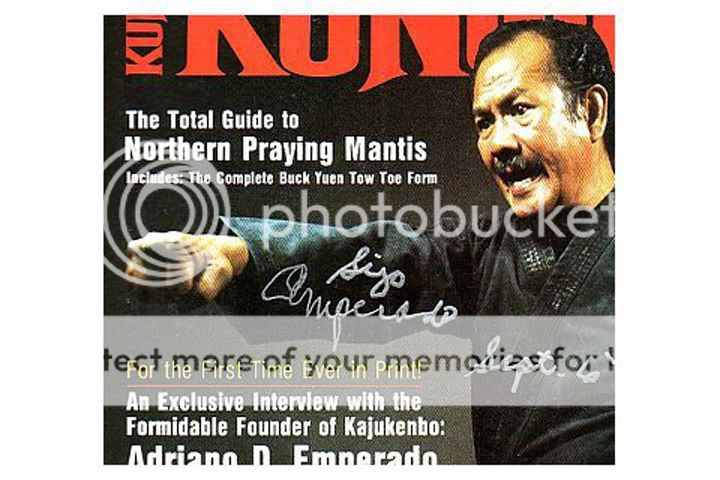'Ailina
White Belt
Hello, everyone.
I'm new to the MartialTalk.com forums, and this is my first post. I hope this is the appropriate place for my question.
My question is for any practitioners who may have trained in Kenpo/Kempo between in the 40s and/or 50s. I'm most interested in what may have taken place in Hawai'i during that time, but I'm curious to read responses from anyone who may have trained then.
What were some of the ways students "toughened up" or worked on strength and endurance in the dojo during that time?
I've heard things before, like kneeling on rice; spearing sand, pebbles, rice; etc. I know some of the things I've heard may be legend or exaggerations, but I'd really like to know some methods that really took place.
For example: my father once said they used to punch boards with bottle caps mounted on them. Someone suggested this might have been an alternative to punching boards wrapped with rope cord.
Did anyone here do this? Or have you heard of similar training?
Looking forward to reading more in the forums and getting to know all of you. Thanks...
'Ailina
I'm new to the MartialTalk.com forums, and this is my first post. I hope this is the appropriate place for my question.
My question is for any practitioners who may have trained in Kenpo/Kempo between in the 40s and/or 50s. I'm most interested in what may have taken place in Hawai'i during that time, but I'm curious to read responses from anyone who may have trained then.
What were some of the ways students "toughened up" or worked on strength and endurance in the dojo during that time?
I've heard things before, like kneeling on rice; spearing sand, pebbles, rice; etc. I know some of the things I've heard may be legend or exaggerations, but I'd really like to know some methods that really took place.
For example: my father once said they used to punch boards with bottle caps mounted on them. Someone suggested this might have been an alternative to punching boards wrapped with rope cord.
Did anyone here do this? Or have you heard of similar training?
Looking forward to reading more in the forums and getting to know all of you. Thanks...
'Ailina

